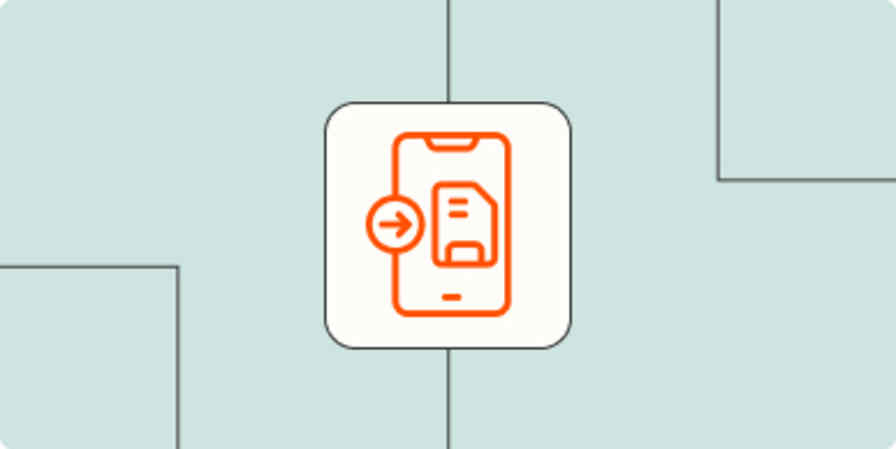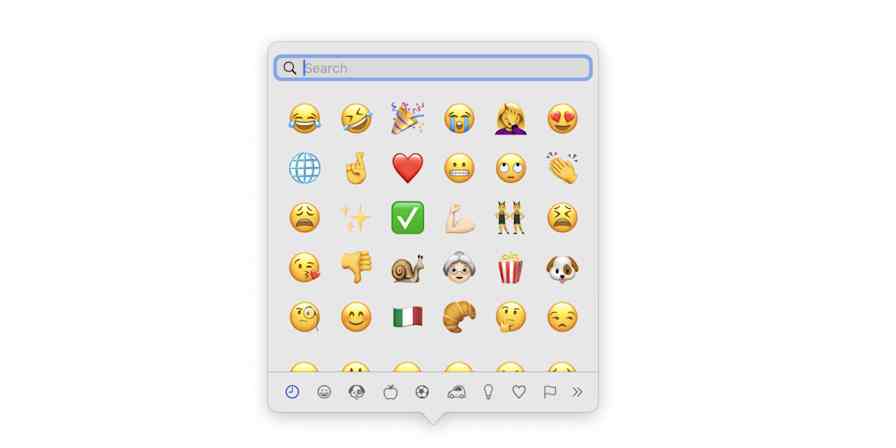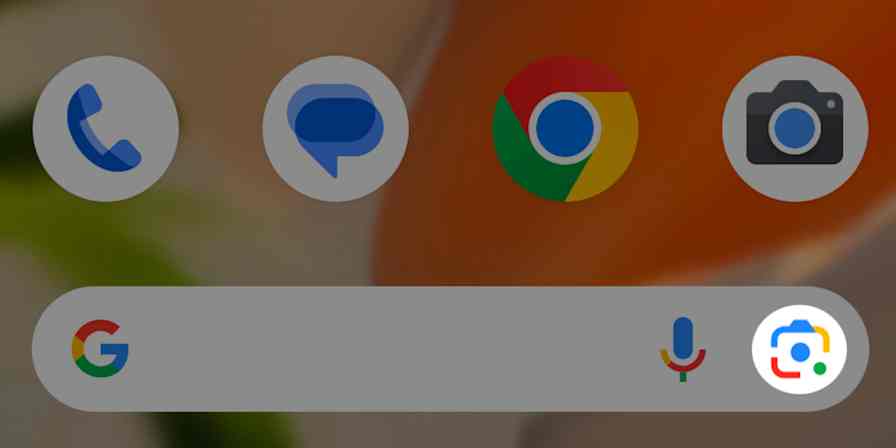App tips
2 min readThe internet is a nightmare now, but reader mode makes it better
Reader view on Safari, Firefox, and Chrome can make the internet a better place for readers.
By Justin Pot · August 4, 2021

Get productivity tips delivered straight to your inbox
We’ll email you 1-3 times per week—and never share your information.
Related articles
Improve your productivity automatically. Use Zapier to get your apps working together.








